

Follow Your Favorite Band Today!
Top Whitesnake Community Posts
Albums
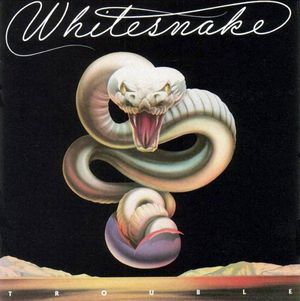
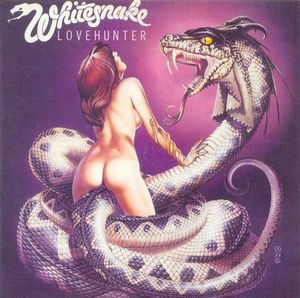
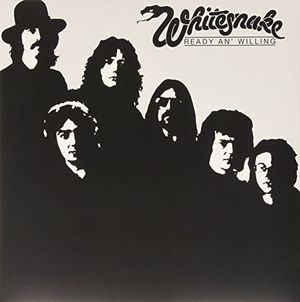
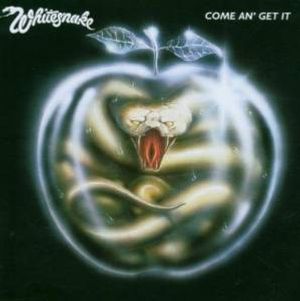

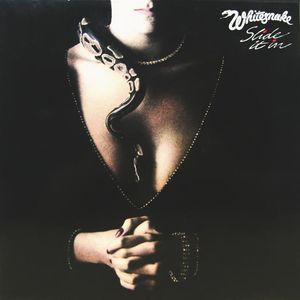
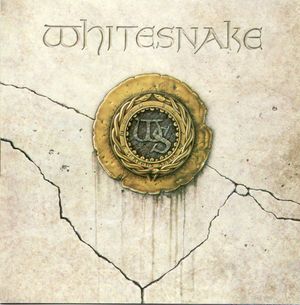
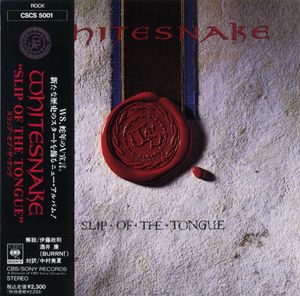
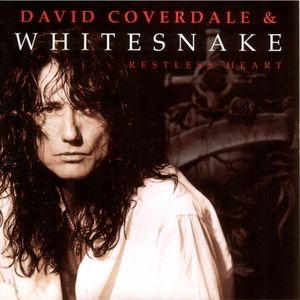



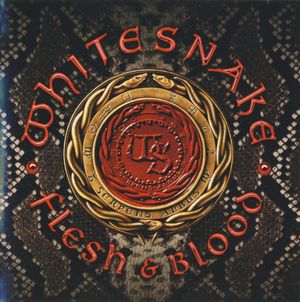
Story of Whitesnake
From the ashes of Deep Purple, in 1978 London, rose Whitesnake. Initially formed as David Coverdales backing band, it quickly transcended its origins, becoming a formidable force in its own right. Coverdale remains the sole constant member throughout the bands storied history.
The bands early years saw the release of the *Snakebite* EP and albums *Trouble* and *Lovehunter*, which yielded live favorites like "Aint No Love in the Heart of the City" and "Walking in the Shadow of the Blues." Whitesnake swiftly conquered the UK, European, and Japanese markets, with albums like Ready an Willing*, *Live... in the Heart of the City*, *Come an Get It, and Saints & Sinners all hitting the UK top ten.
By the mid-80s, Coverdale set his sights on America, where Whitesnake remained relatively unknown. A deal with Geffen Records changed everything. Slide It In (1984), featuring the MTV-fueled hits "Love Aint No Stranger" and "Slow an Easy," significantly broadened their appeal. But their seismic breakthrough came with the self-titled 1987 album, a multi-platinum behemoth selling over eight million copies in the US alone, propelled by hits like "Here I Go Again," "Is This Love," and "Still of the Night." This era also saw the band embrace a more contemporary, Los Angeles glam metal aesthetic.
Following 1989`s Slip of the Tongue, Coverdale took a hiatus from the music industry, leaving a legacy of hard rock anthems and a place in rock history cemented by their massive global success.
Bands you may like
More Blues Rock Bands
Explore Blues RockDiscover more bands in the Blues Rock genre and explore the diverse sounds that define this musical style.
Browse All Blues Rock BandsMore Bands from United Kingdom
Explore United KingdomDiscover the rich musical heritage of United Kingdom and explore bands that represent the country's unique sound and culture.
Browse All United Kingdom Bands